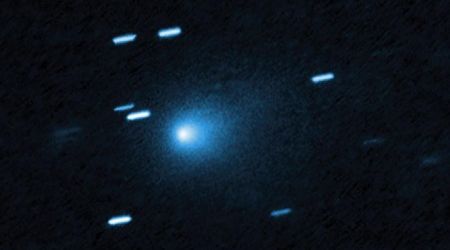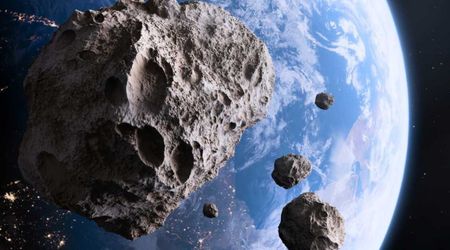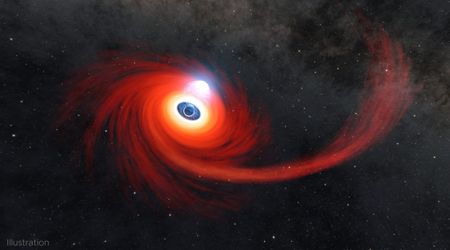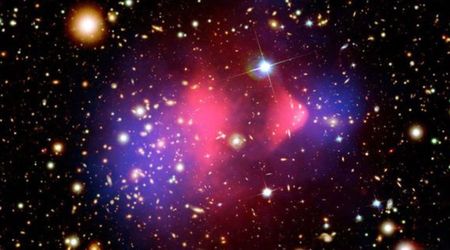Titan’s shadow to transit Saturn on July 18 in a rare event — how and when to watch

A rare astronomical spectacle is now unfolding as Titan, Saturn's largest moon, begins a new series of transits across the gas giant's face. This recurring event, which happens every 15 years, will see Titan's small, dark shadow cast upon Saturn's disk, as per Sky & Telescope.

These celestial alignments are scheduled to take place every 16 days until October. The next shadow transit is on July 18, occurring from 7:00 UT to 12:05 UT. For observers in North America, this offers an excellent viewing opportunity from 3:00 a.m. to 8:05 a.m. EDT or midnight to 5:05 a.m. PDT, as Saturn will be high in the sky before dawn.
On the morning of July 2, observers were treated to this rare celestial event as the shadow of Titan transited the gas giant's northern hemisphere. This came as an opportunity to witness the final shadow transits of the year, as our viewing angle of the Saturn system continues to shift. Saturn remained stationary in the constellation Pisces during this event, appearing to the naked eye as a bright, first-magnitude light. Early risers with telescopes had a chance to center the ringed planet around 3:30 a.m. EDT to catch the moment Titan's shadow appeared on the eastern limb, positioned just north of the rings. The moon itself was located about 20 arcseconds from Saturn, casting its shadow from a distance into the planet's cloud tops, according to Astronomy.com.

The transit itself was a lengthy process, taking nearly three hours for the shadow to cross the halfway point of the planet. By then, the Sun was already rising in the Midwest and had broken on the East Coast. The shadow continued its journey for another two and a half hours before disappearing at the northwestern limb, long after dawn had spread across the continental United States.
This rare astronomical event is a result of the orbital mechanics of both Earth and Saturn. Our planets share a similar axial tilt — Earth's is 23.5 degrees, while Saturn's is 26.7 degrees. Their orbital planes are also nearly aligned, making these unique viewing opportunities possible, as mentioned on IFL Science. As the planets orbit the Sun at different speeds, they occasionally align in a way that provides a unique perspective. Approximately every 15 years, this alignment causes Saturn's famous rings to appear to vanish when they are perfectly parallel to our line of sight.

During this period, another spectacular event occurs. Because Titan's orbit is nearly aligned with Saturn's equator, it's the perfect time for observers on Earth to watch the moon cast its shadow across the planet's face. Since Titan completes an orbit of Saturn in about 16 days, this "shadow play" can be seen multiple times for the year, with events scheduled well into January 2026. Following July 18's transit, additional dates for potential viewing include August 3, August 19, September 4, and September 20.
The event on September 20 is considered the most promising. This is because Saturn will be at opposition the following day, on September 21, meaning Earth and Saturn will be at their closest point. At its brightest, Saturn will offer the best chance to see the transit. Observers in Europe may also be able to catch this event, as it will take place in the middle of their night.









